Celebrate Earth Day by Saving Animals!
Earth Day is the perfect time to teach students about respecting the environment and making better choices for the well-being of the planet. While traditional lessons often highlight harmful human habits and their effects, the impact on animals is frequently overlooked and receives little to no discussion. At most, students learn that littering hurts other living beings, but why not take the lesson further?
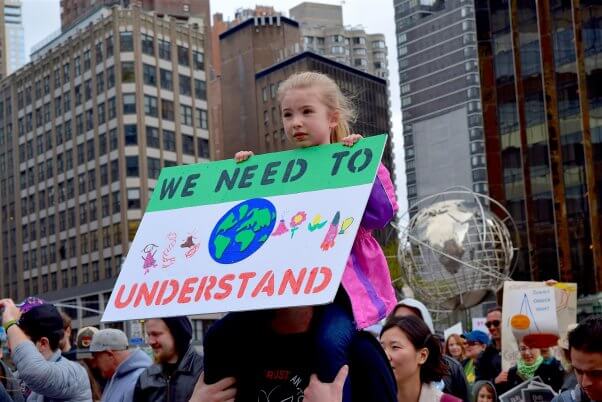
There are countless animals on Earth besides humans, and our actions affect them in numerous ways. Ignoring their plight in environmental lessons does a disservice to both animals and students. After all, we should be preparing the next generation to save the planet, and to truly do that, they need access to all relevant information, including how our actions impact animals. This year, let’s convey the message that saving animals and saving the Earth go hand in hand.
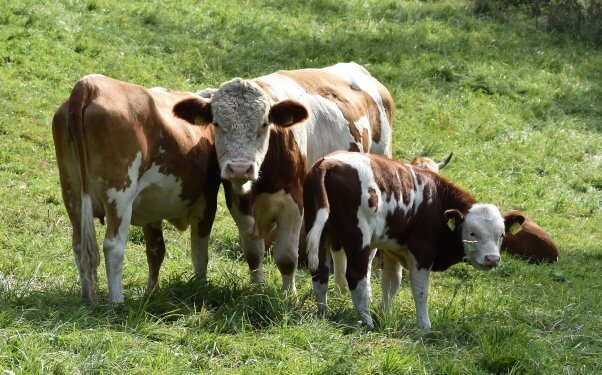
Share these six eye-opening facts about animal agriculture’s impact on the planet with your students:
1. Water Waste: Raising animals for meat wastes water. It takes more than 2,400 gallons of water to produce just 1 pound of beef!
2. Deforestation: Animal agriculture causes deforestation. Countries around the world are bulldozing huge expanses of land, including tropical rainforests and pine forests. They do this in order to make room to raise more animals for food—or to grow crops to feed those animals.
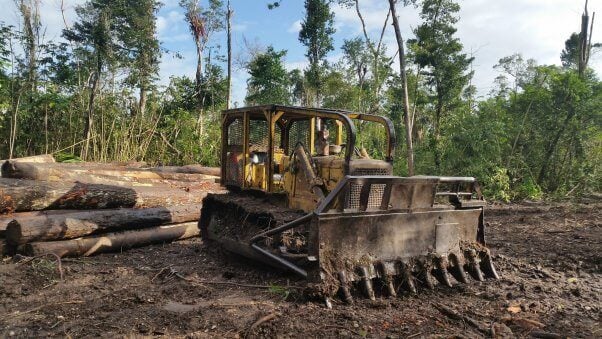
3. Greenhouse Gases: Factory farms produce the greenhouse gases that are causing the climate crisis, one of the Earth’s biggest threats. More than half of them come from raising animals for food. Plus, factory farms also generate lots of other disgusting kinds of pollution (see fact #4).
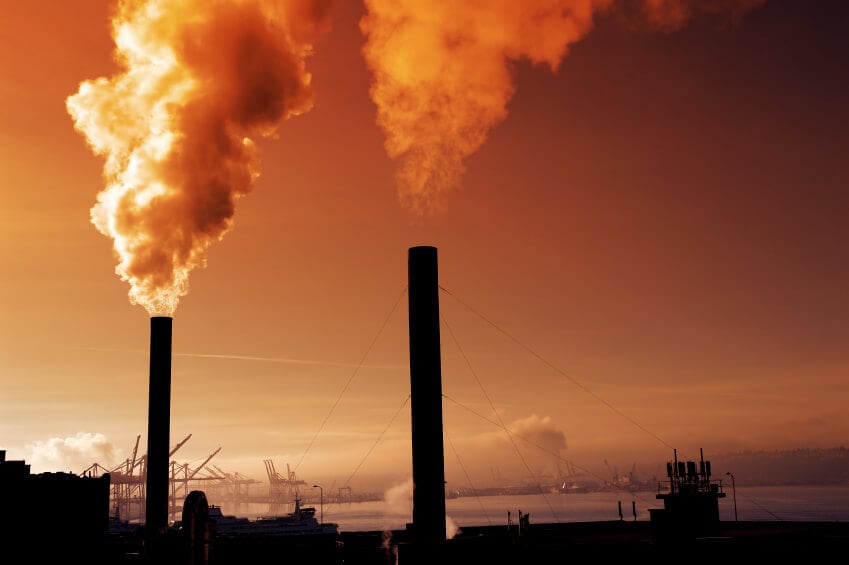
4. Pollution: Every day, animals on factory farms produce billions of pounds of manure, which pollutes lakes, rivers, and even our drinking water.
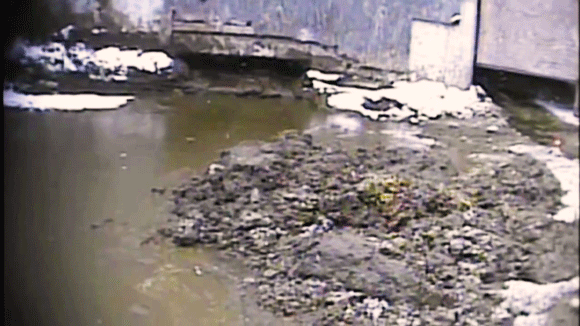
5. Wildlife Harm: Animal agriculture harms wildlife. Raising animals for food destroys wild animals’ homes, contributing to extinction. Farmers often kill wildlife for trying to eat the animals they’re raising for meat. The pollution released by factory farms also has a negative impact on wild animals. It is causing whole species to die off, and once a species is gone, we can’t bring it back.
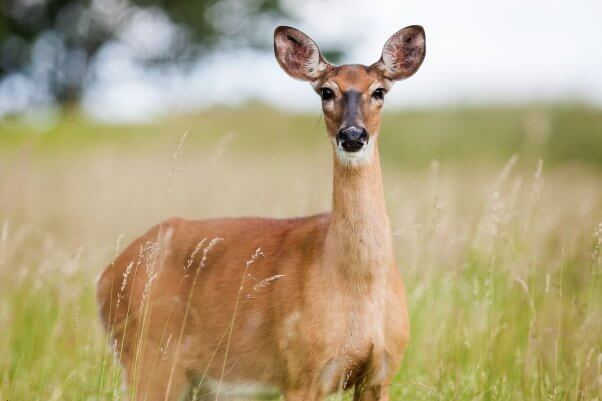
6. Fishing Impact: Fishing kills all kinds of sea life. Each year, humans pull millions of tons of fish out of the oceans. For every 1 pound of fish they catch, they also accidentally catch and throw away up to 5 pounds of other sea animals. Can you imagine oceans with no fish in them? That might be the situation by the year 2048 if humans keep eating as many fish as they do now.
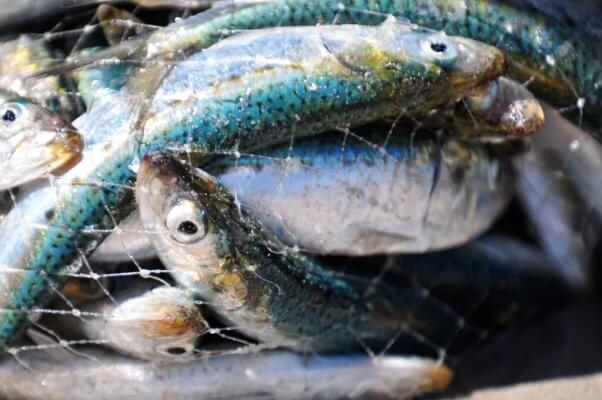
Activities
- Research Project: Have students choose one area to research and write about. To assess their understanding, have them create an informative poster (like the example below), meme, PowerPoint, video, or other media that illustrates their chosen topic. Have them present it to the class.
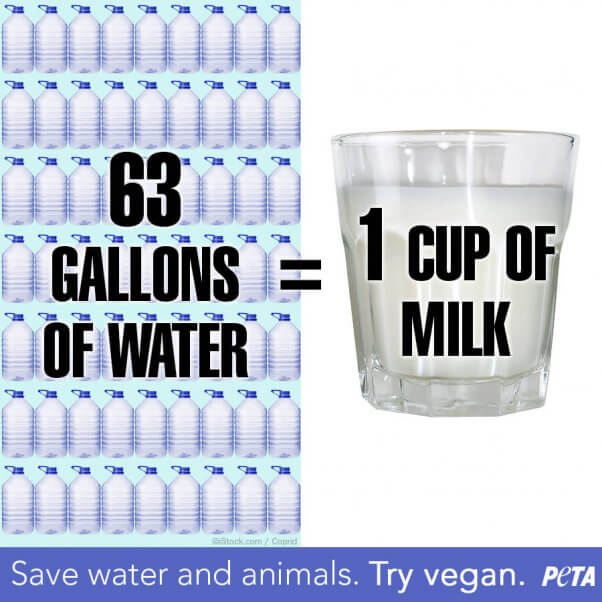
- STEM Project: Have students use the engineering design process to invent a solution to one of the many problems that hurt animals and contribute to the climate crisis.
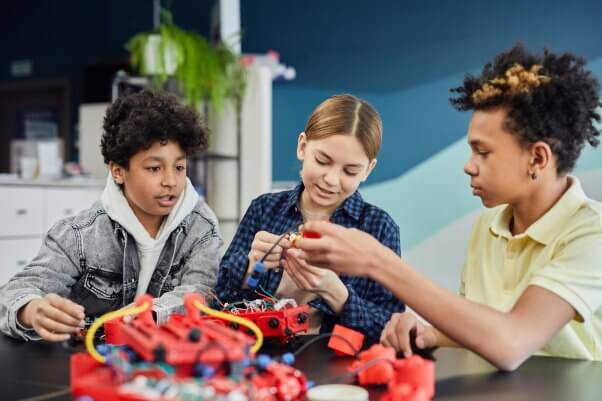
- Natural Resources Worksheet: Animals are often viewed as natural resources, but TeachKind’s worksheet puts a more accurate spin on this to teach students that animals, like humans, also need natural resources to live healthy and happy lives. This addition to your Earth Day curriculum helps students learn about natural resources without viewing animals as objects.
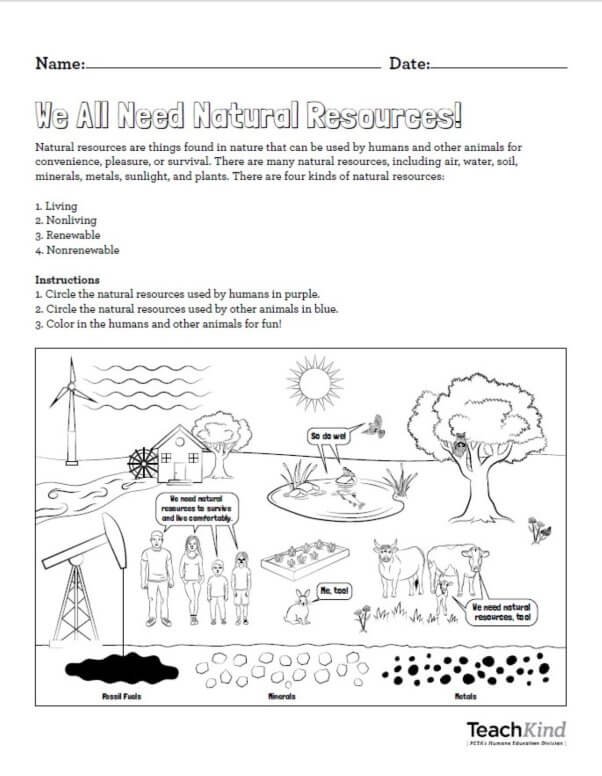
- Go Trash Fishing: Organize a “trash fishing” event where students “fish” for trash on land (think “beach clean-up”) and in water. Participants pick up litter to prevent it from harming animals and to beautify the environment. This activity is a wonderful way to show respect and appreciation for our beautiful planet and the creatures we share it with.
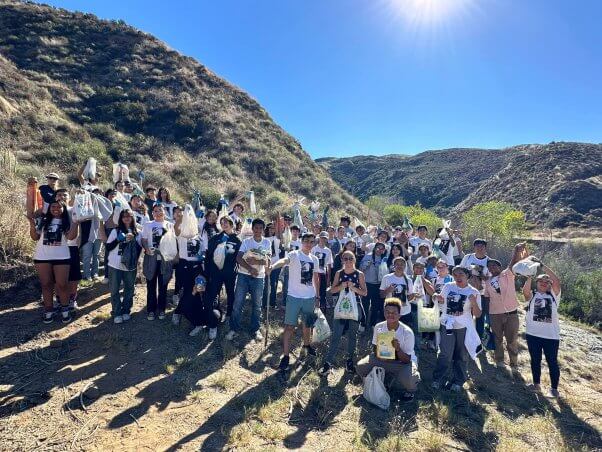
- Wildlife Habitat Restoration: Organize a project to restore local wildlife habitats by planting native trees, shrubs, and flowers. This helps provide food and shelter for local wildlife, promoting biodiversity.
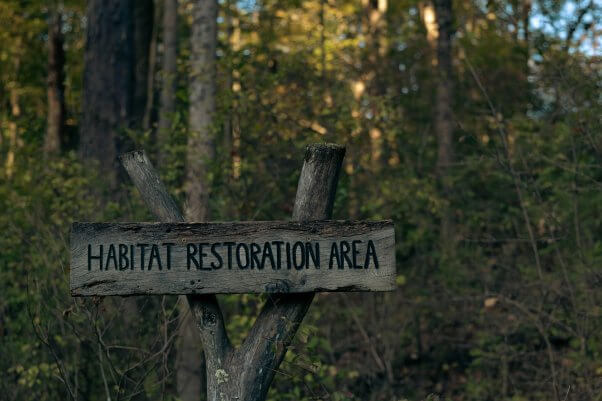
- Birdhouse or Bat House Building: Have students build birdhouses or bat houses to create safe nesting places for birds and bats in their community. This activity can also include learning about the importance of these animals in the ecosystem.
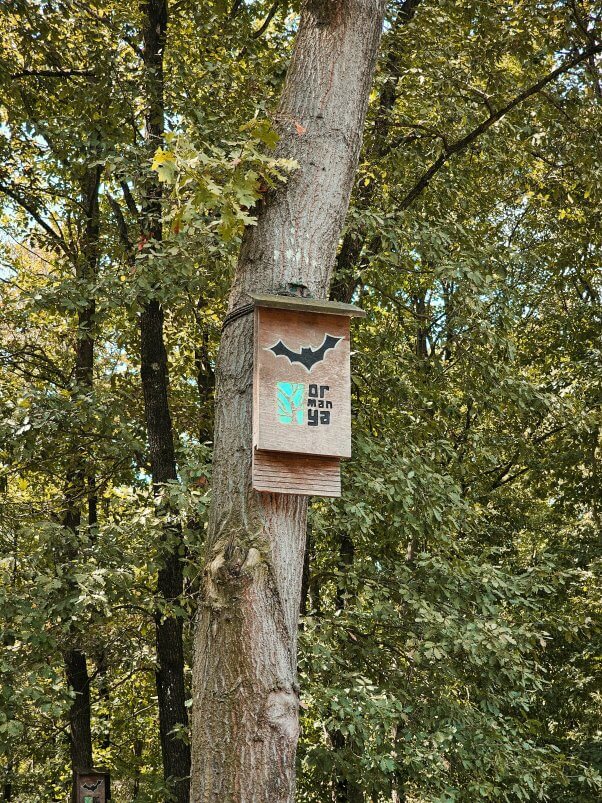
- Pollinator Gardens: Create a pollinator garden with plants that attract bees, butterflies, and other pollinators. This helps support these crucial species and provides a beautiful space for learning about plant-animal interactions.
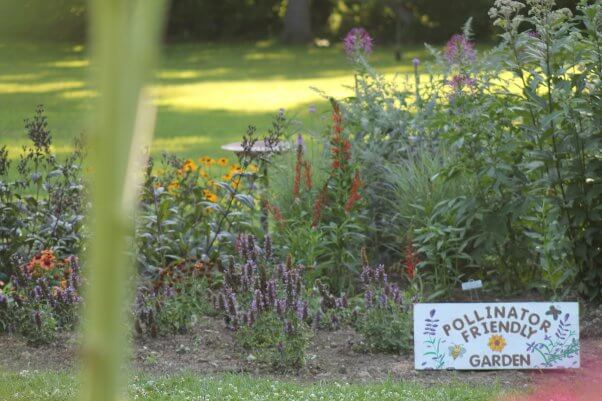
- Composting Projects: Kick-start a composting project at your school or within your community to make a positive environmental impact! Composting not only reduces waste but also enriches the soil with essential nutrients, creating a healthier ecosystem for plants and local wildlife. Schools often discard bruised fruits and vegetables that don’t make it onto lunch trays. By collaborating with your food service staff, you can collect these scraps to start and sustain your composting project, turning waste into a valuable resource.
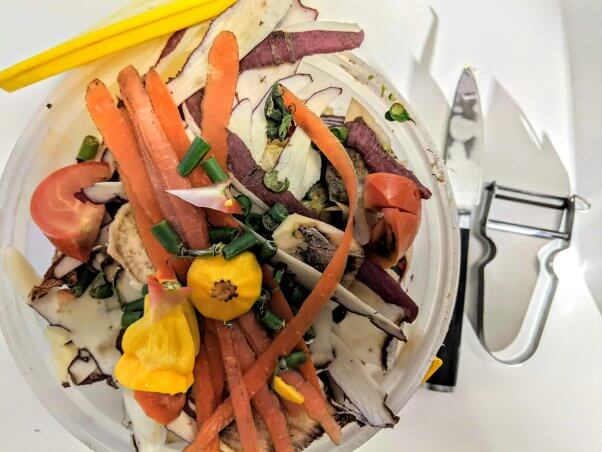
- Recycling Education: Many schools try to recycle, but often fall short. Recycling is mandatory in many areas, so focus on educating students about the importance of recycling, as it reduces pollution by decreasing landfill waste, saving energy, lowering resource extraction, and reducing air and water pollution. By understanding these benefits, students can see how their efforts contribute to a healthier planet.
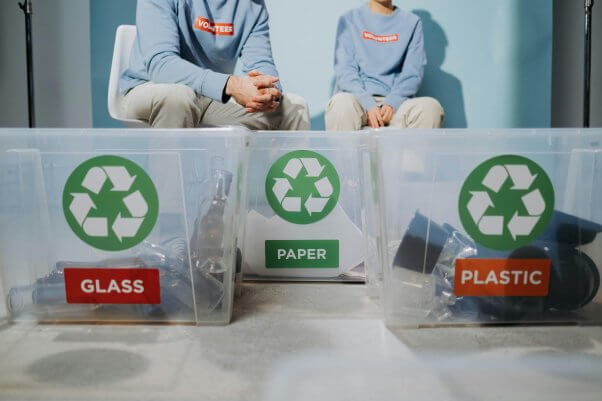
Looking for more ways to instill kindness for animals in your classroom? Sign up for TeachKind e-mails to stay up to date with new content and promotions.
By submitting this form, you’re acknowledging that you have read and agree to our privacy policy and agree to receive e-mails from us.





